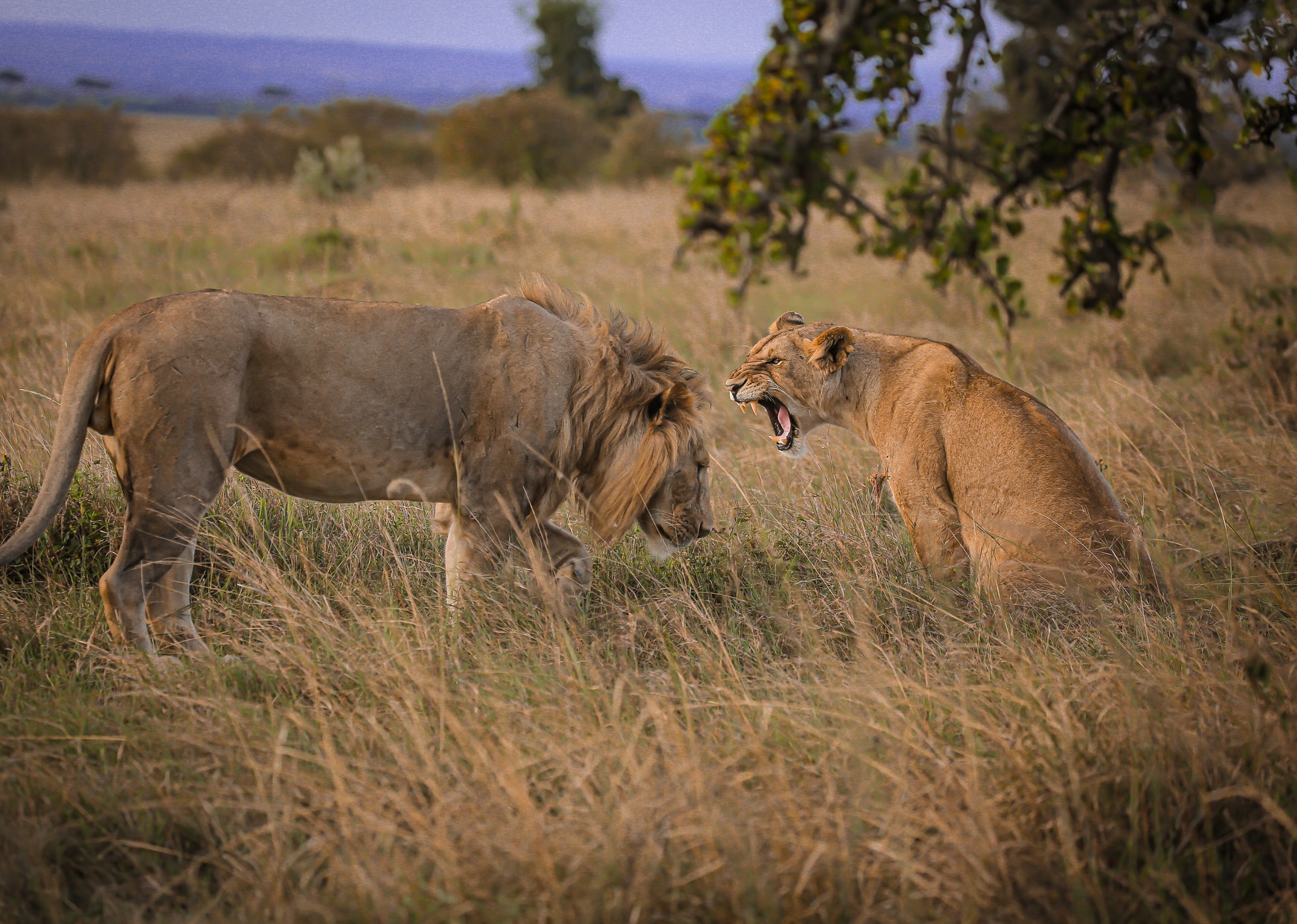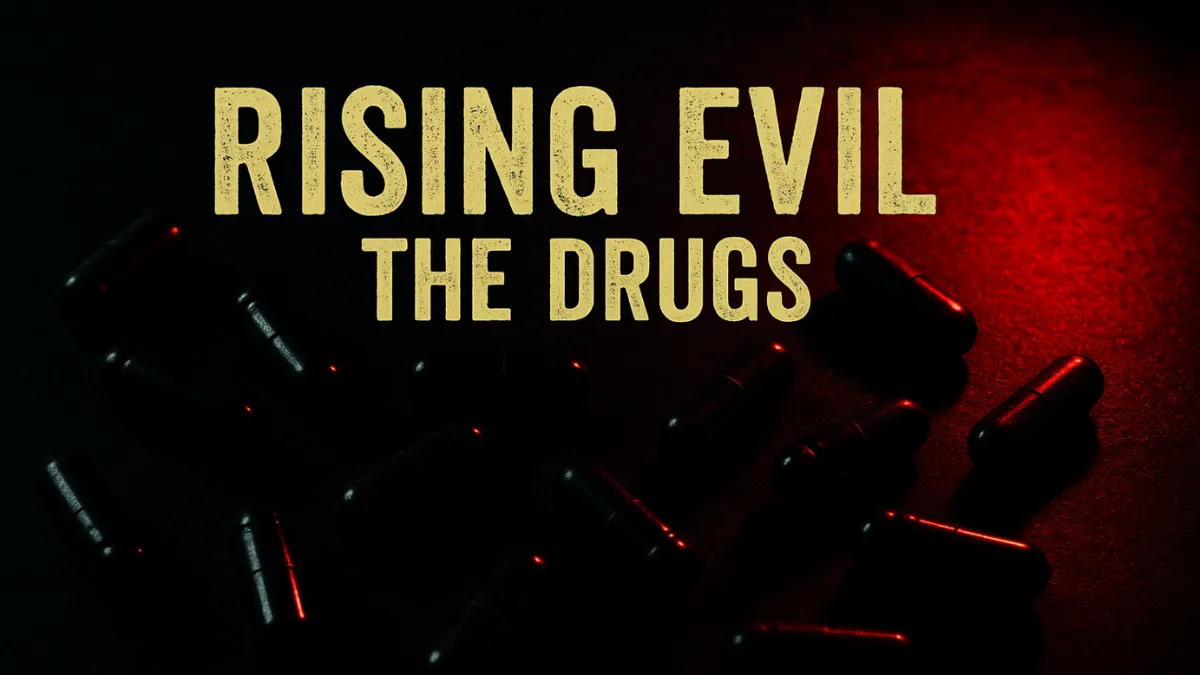Last Updated on November 24, 2021 by Nyayik Vigyan

Source-cascadeae.com
Wildlife Forensics is the branch of forensic science which deals with a crime or legal cases that involve wildlife (flora and fauna). This field is basically integrated with various other fields of science (biology, chemistry, and anthropology) in the court of law and focuses on the conservation and protection of wildlife. It is a new field added to forensic science because of an increase in wildlife crimes to examine and investigate wildlife crimes by using various scientific measures.
What is Wildlife Crime?
Wildlife crime is an illegal and unlawful act against wildlife, it involves exploiting the biodiversity or harming the animals and makes them suffer. There are four significant categories and their derivatives of crime against wildlife, these are as follows-
Poaching– it is the illegal trapping, hunting, or taking off a game of animals from a reserved place like national parks, where such activities are forbidden. Various animals are hunted and slaughtered for different purposes; some examples are-
- In Africa rhinoceros are hunted for their horn and elephants are poached for their tusk or its ivory.
- Poaching of the Royal Bengal Tiger for skin and claws in India. African and Asian pangolins are poached for their scales, meat, skin, organs, and other body. River poaching is also done, fishes are illegally collected for aquaria.
- Many species of plants are also in danger due to poaching. For example, mahogany and rosewood or some plants like orchids, cactus, cycads, etc. are illegally collected as ornamental plants and sold.
Illegal Wildlife Trade– the illegal or legal sale or exchange of wild animals and plants whether live or dead and their body parts or products within the country or outside to make money can be referred to as wildlife trade. Wildlife trade also includes elements like trafficking, demand, and poaching, the illegal wildlife trade increases with the increase in demand for products. Some examples of illegal wildlife trade are-
- Leopards are also killed for bones, skin, claws, whiskers and other body parts all these are illegally sold.
- The horns and skin of rhino used for trading.
- The ivory of an elephant is also sold at very at prices and it is used for ornaments, etc.
- Musk pod from musk deer used in perfumes or scents, hairs from mongoose which are used for making paintbrushes, and skin from snakes used for making leather belts.
Possession- of wild animals is illegal, one can not own any wild animal or land for their business, leisure, or trade purpose to make money or any kind of profit from that and also animal cruelty like torture, hurt or any kind of harm to wildlife is a crime. Because of wildlife crime and illegal activities against wildlife, many species of plants and animals are now on the verge of extinction.
Therefore, the International Union for Conservation of Nature (IUCN) was established in 1964 with a plan to keep up a total record of each species that at any point lived, it maintains records in the Red Data Book. The Red Data Book maintains the records of rare and endangered species of animals, fungi, plants just as some nearby subspecies which are available in a specific locale, and also the list of threatened species. The book is chiefly made to distinguish and protect that species that are very nearly eliminated. The Red Data Book contains pages of different colors i.e. green (out of risk), red (endangered species), amber (vulnerable species), white (rare species), black (extinct species), and grey (endangered, rare or vulnerable).
CITES is an agreement at the global level, i.e. signed between governments of various countries. Its objective is to protect and ensure the international trading of species of plants and wild animals with no threat to their survival. It is an effort that requires safeguard and cooperation on an international level to regulate the over-exploitation of species.
Wildlife Protection Act (WPA)
Wildlife Protection Act was implemented in India (except Jammu & Kashmir) on September 9, 1972, by the Parliament of India for protecting various animals, birds, and plant species. The major objectives include a ban on hunting (capturing, killing, injuring, destroying, poisoning, damaging) and provide security to specified species. Regulations and control on commerce in wild animals and plant parts, zoo management & miscellaneous matters.
Also, there are various initiatives taken by the government of India for the conservation and protection of wildlife, these are- Project Tiger initiated in 1972, Project Elephant in 1992, Crocodile Conservation Project, UNDP Sea Turtle Project initiated in 1999 by Wildlife Institute of India, Dehradun, also there are various act for conservation of biodiversity- Biological Diversity Act 2002, Forest Conservation Act 1980, Fisheries Act 1897, etc. Also, the government is taking some crucial legal and financial steps for the conservation of wildlife in the country.
Why Wildlife Forensics Laboratory Development Needed?
Due to the exponential growth of wildlife crime, a proper investigation can help us to understand the crime, the evidence behind it, and which laws apply. Now a day’s forensic scientists are put as expertise to investigate wildlife crime. These are the following objectives of the wildlife forensic science laboratory in the investigation of the wildlife crime-
- Processing the crime scene and investigate that.
- If a crime has occurred then determining the cause, motive and the manner of death
- Identify and then compare the physical evidence in order to link the suspect and victim to a crime scene.
- Testify the expert’s testimony in court.
There are various units of a forensic science laboratory-
- Morphology Unit- Analyses the botanical and zoological related evidence like teeth, fur, flowers, feathers, seed, bones, etc.
- Chemistry Unit- Analyzes tissues and blood for any chemical compound, poison, or toxins present.
- Pathology Unit- Conducts medical examination by the autopsies of animals (necropsies), determine the cause, mechanism (disease or injury), and manner of death.
- Molecular Biology (genetics) Unit- Analyzes serological (blood, urine, etc.) Evidence for DNA, nuclear DNA, mitochondrial (mtDNA) and proteins, for the identification of species of plants and animals.
- Digital Analysis Unit- Analyses the audio and video evidence to present them in the court.
- Criminalistics Unit- Analyze the physical evidence collected from the crime scene like soil, tools, tool marks, etc.
- Questioned document Unit- This unit analyses false documents and licenses or permits and also human/animal prints.
Crime Scene Investigation for Wildlife Crime
The wildlife crime scene is investigated in the same way as the normal crime scene is investigated by following the various steps mentioned above, the evidence that collected sends to various units of the forensic science laboratory-
- First of all, it is necessary to identify the species traded, whether legally or illegally.
- In case biological evidence found, then determine from which species it belongs and identify its geographic location.
- Morphological traits-
- Animal tracks to identify movement, activity, and behavior of an animal by footprints of an animal: its type, size, species, speed, number of feet (bipedal or quadrupedal), webbing in feet can be determined.
- By skull age (baby or adult), facial structure, predator vs prey, brain size, from teeth herbivore, carnivore, or omnivore, and strength of jaw can be determined.
- By horns (sheep, goat, cattle, bison) and antlers (deer, moose) species can be identified.
- By hairs by looking cuticle, medulla and scales pattern and by feathers species of animal can be identified.
- Pugmark indicates “paw print” is most of cat family animals, these are helpful in cases of tigers, leopards in determining the size or sex of the animal or in which direction one is moving. Many techniques like camera trapping, digital analysis, or GIS application are helpful in the examination of pugmarks.
- Molecular markers- For species identification universal mtDNA markers cytochrome c oxidase 1 (CO1) and cytochrome b (Cyt b) are available now which makes DNA typing and its amplification (PCR) easy and now applied in wildlife forensics.
The Wildlife Forensic and Conservation Genetics (WFCG) Cell is formed by combining the Wildlife Forensic and Conservation Genetics Laboratories for reinforcing the requirement of the Wildlife (Protection) Act, 1972 of India. Its main function includes conducting research work for the improvement of wildlife forensics conventions, distinguishing proof of species from an assortment of wildlife parts and items for authorization backing, creating and keeping up a store of wildlife reference tests.
CONCLUSION
A book with the title “State of India’s Environment 2017: In Figures” tells that there was a 52 percent increase in wildlife crime and poaching from 2014 to 2016. Blackbuck, leopard, elephant, spotted deer, rhinoceros, and wild boar are on the threatened list. Also, there are 106 websites which are used for illegal wildlife trade purpose in India. According to the Ministry of Environment, Forest, and Climate Change, there is a decline in the wildlife crime rate since 2017. Wildlife Crime Control Bureau of India is working to control wildlife crime in India and also for conservation and protection of wildlife, many laws and organizations are set up as it is necessary to protect our nature as well as the planet.
References
- Hurst, L. (2011, August). Investigating Wildlife Crime and Forensic Techniques in the United States of America. Retrieved April 28, 2020, from https://www.wcmt.org.uk/sites/default/files/migrated-reports/893_1.pdf
- Wildlife Forensic & Conservation Genetics Cell. Wii images (An Autonomous Institution of the Ministry of Environment, Forest and Climate Change, Government of India). Retrieved April 30, 2020, from https://wii.gov.in/wildlife_forensic
- Lady, A. (2011, March 15). Animal CSI Animal Forensics. Retrieved April 28, 2020, from http://www.arkanimals.com/animal-csi-animal-forensics/
- (2017, March 03). A brief of the wildlife protection act of India. WILDLIFE PROTECTION ACT 1972. Retrieved April 30, 2020, from https://www.slideshare.net/AmmaarSolkar/wildlife-protection-act-1972
- TenyRoy, K. (2015, March 13). A ppt on Wild Protection Act (1972) with good pictures and all… Wildlife protection act. Retrieved April 30, 2020, fromhttps://www.slideshare.net/KevinTenyRoy/wildlife-protection-act
- Wisniewski, K. D., Pringle, J. K., Allen, D., & Wilson, G. E. (2018). Wildlife Crime: The application of forensic geoscience to assist with criminal investigations. Forensic Science International. doi:10.1016/j.forsciint.2018.10.026
- Wildlife forensics. (2003). Forensic Science International, 136, 374–387. doi:10.1016/s0379-0738(03)90026-0
- (2020, March 15). Poaching CRIME. Retrieved April 30, 2020, from https://www.britannica.com/topic/poaching-law
- https://www.cites.org/eng/disc/what.php
- (2017, May 25). Wildlife Conservation Initiatives by Indian Government. Retrieved May 01, 2020, from https://www.ranthamborenationalpark.com/blog/wildlife-conservation-initiatives-indian-government/
- Lorenzini, R. (2005). DNA forensics and the poaching of wildlife in Italy: A case study. Forensic Science International, 153(2-3), 218–221. doi:10.1016/j.forsciint.2005.04.032
Author: Chhavi Singh











Leave a Reply